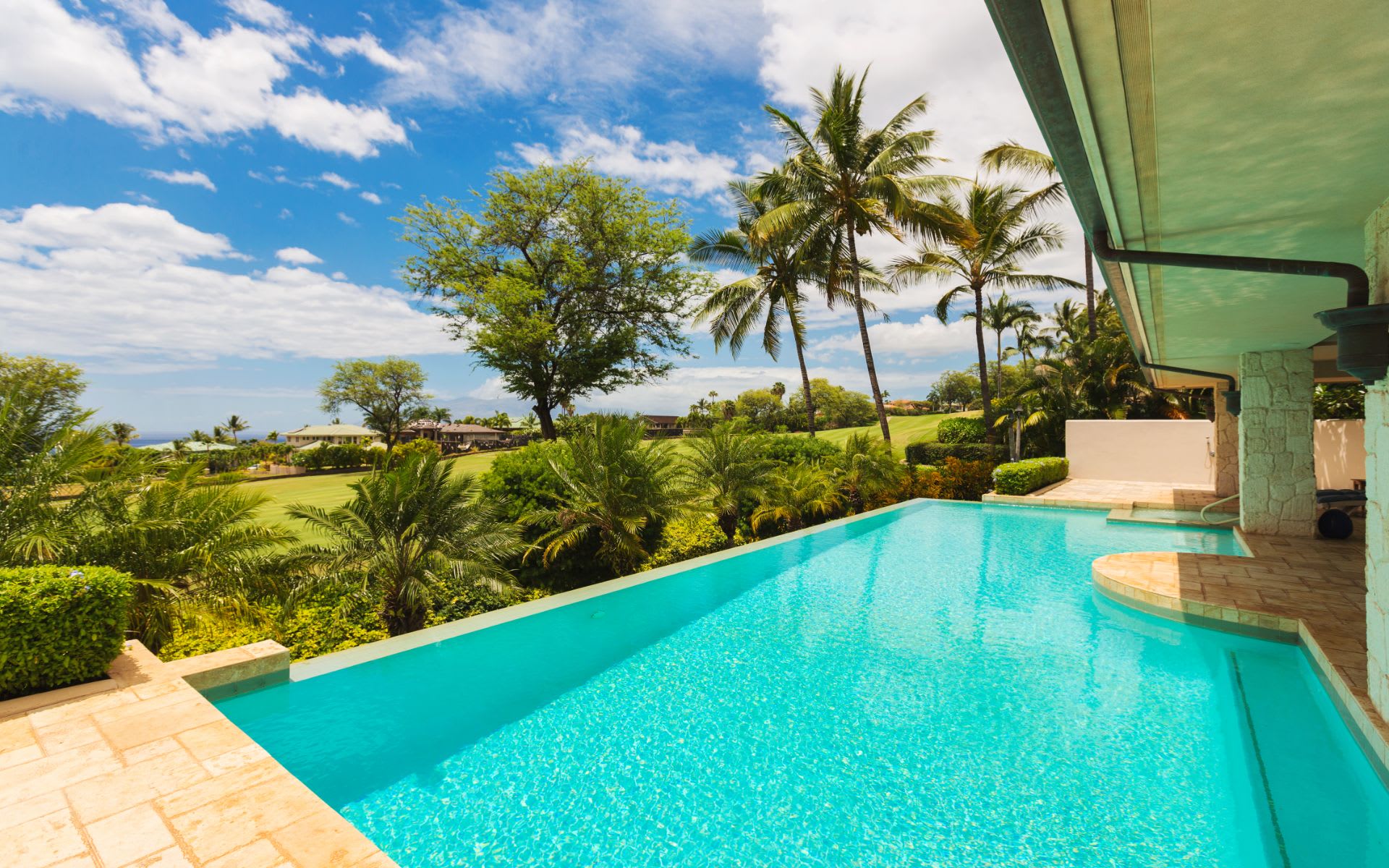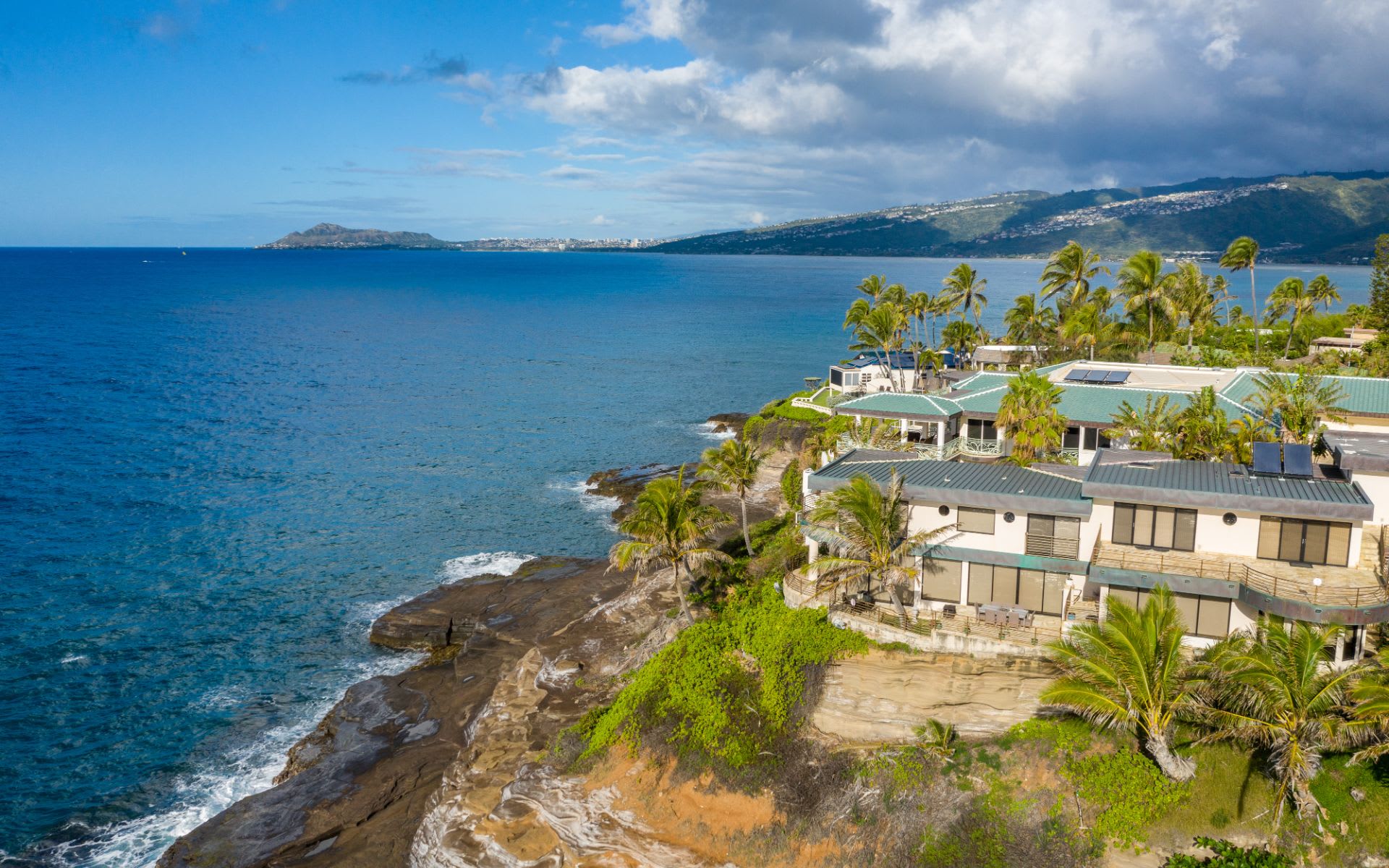
The Big Island of Hawaii is an island of adventures! It has something to offer everyone. Hawai'i Global Luxury Group has put together extensive information about the Big Island: activities, restaurants, cultural information, fishing, beaches, golfing, wildlife, adventures and more. Use the menu to the left to explore the Big Island of Hawai'i.
BIG ISLAND VOLCANOS
No trip to the Big Island is complete without a visit to the volcano. Kilauea volcano is the most active volcano of the 5 above surface volcanos of the Big Island. It has been active as recently as December 2020. It is considered the most active volcano on earth. The volcano can be seen on a tour, by helicopter, by plane, by boat, or by self-drive. (Be aware that the volcano unpredictably fluctuates from no activity to massive flows, so at times you may or may not be able to see active lava.)
There are 7 volcanos which are part of and created the Big Island over the last million or so years.
Hilo Beaches

Kona is renowned for its deep-sea fishing. Fishing charters can be rented and usually launch from Honokokau Harbor just north of Kailua-Kona.
The Big Island of Hawaii offers some of the most spectacular golf in the world. With golf courses designed by top golf course designers such as Robert Trent Jones Sr., Robert Trent Jones II, Jack Nicklaus Signature, DMK Golf Design, Rees Jones, Perry Dye, Tom Fazio and others, it is no wonder that many professional golf events have been hosted here. Golf Digest, Golfweek and GOLF Magazine have ranked courses here in "Top 100 Courses" and given "Best Course you can Play" awards.
The Big Island offers private and public courses designed along the dramatic black volcanic rock coastline, through lava fields, through magnificent resorts, and up onto the mountains for a variety of golfing experiences. Most offer endless Pacific ocean and coastline views. There are many "bucket list" holes to challenge any golfer on our beautiful golf courses. We hope you enjoy your golfing experience here on the Big Island.
If you are interested in looking at Real Estate while on the island please feel free to contact us.


Surrounded on 2 sides with the ocean and one side with the resort pool, this spectacular tropical tiki open-air dining area and bar offers the most ideal place to relax for a meal or drink. The resort is beautifully landscaped with tropical plants, waterfalls, and ponds. Located in the Royal Kona Hotel, this restaurant boasts of spectacular ocean views over Kailua Bay and the Pacific Ocean. These waters are frequented by pods of dolphins, and in the winter the humpback whales come to this bay to give birth.
Don’s Mai Tai Bar is a favorite place for many to view the dramatic Kona sunsets. Time and time again one can be lucky enough to see the “green flash”. Catch the game on the HDTVs, enjoy live Hawaiian music every Thursday, and relax into this magical Hawaiian atmosphere for a delicious, fresh meal or tropical drink.
Kilauea Volcano September 29th, 2021 Eruption
(All information taken directly from National Park Service website for current updates:
https://www.nps.gov/havo/learn/nature/september-2021-eruption.htm)
"On September 29 at 3:20 pm HST, the USGS Hawaiian Volcano Observatory (HVO) detected a fissure eruption within Halema?uma'u crater in Kaluapele (the Kilauea summit caldera). The new eruption began four months after the end of the previous Kilauea eruption which ended on May 26, 2021. The new eruption produced a 89-foot deep lava lake by October 2 with much of that depth reached within the first several hours of the eruption. According to the USGS Hawaiian Volcano Observatory, the eruption's effusion or rate of lava flow, was between 100 to 200 cubic meters a second at the start of the eruption. Lava fountains with heights of 16-49 feet (5-15 meters) were observed as recently as October 4.
What can you see at night?
The massive 134-acre lava lake made of molten rock casts a magnificent reddish orange glow into the dark sky and reflects into the gas plume wafting out of the volcano, and onto any clouds above the summit crater, Halema'uma'u. Jagged crater walls are illuminated, showing the scars from the 2018 summit collapse. Bring a flashlight! Weather conditions such as fog and rain may obscure eruption views.
Eruption Viewing Tips:
*** VOLCANO HOUSE ***
One of the easiest and most convenient places to view the eruption is from inside or just outside the Volcano House hotel along Crater Rim Trail. Visitors can watch from comfort inside while dining or from behind Volcano House along an established overlook. Park at the Kilauea Visitor Center and walk accross the road down a lit pathway. Weather conditions such as fog and rain may obscure eruption views.
*** UEKAHUNA ***
Located at the site of the former Jaggar Museum, Uekahuna is the closest eruption viewpoint accessible by car. After you enter the park, continue driving straight heading west for about 2.75 miles on Crater Rim Drive. The road will end at the Uekahuna parking lot. Two observation areas are accessible to the west and east via short walks on Crater Rim Trail.
*** KILAUEA OVERLOOK ***
To reach Kilauea Overlook, continue driving west on Crater Rim Drive for just over two miles after entering the park. Turn left after the sign reading "Kilauea." This location is about a half mile east of Uekahuna and may serve as overflow parking if Uekahuna parking is full.
*** WAHINEKAPU ***
Wahinekapu is accessible from the Steam Vents parking area which is located one mile west of the park entrance on the left.
*** KUPINA’I PALI ***
To access Kupina'i Pali overlook, park at the Kilauea Visitor Center on the right just after the entrance station. Cross Crater Rim Drive and walk south on Crater Rim Trail. This is one of the least crowded and more private viewing locations.
*** KEANAKAKO’I ***
Notice: This section of Crater Rim Drive is open to pedestrians and bicyclists only and is not open to vehicle use.
The Park closed portions of Crater Rim Drive for public safety after Halema'uma'u began to erupt in March 2008. During the summit collapses of 2018, the road was damaged further. A portion of Old Crater Rim Drive is now open to foot and bicycle traffic to a point just beyond Keanakako'i.
To hike the portion of Old Crater Rim Drive to Keanakako'i Crater:
To access Keanakako'i, turn left just after the entrance station and drive south on Crater Rim Drive for about three miles until you reach the intersection with Chain of Craters Road. Turn right and park at the Devastation Trail parking area. After parking, walk back towards the intersection and turn right on Old Crater Rim Drive. Continue walking for just over one mile. Do not enter closed areas. Although this is the closest location to Halema'uma'u, it is the most difficult to access.
WARNING: This is a relatively long, unlit hike over areas with earthcracks. Do not attempt this hike at night without a flashlight (cell phones are not substitutes for flashlights). Due to the longer walking distance, hikers may be exposed to high levels of sulfur dioxide. Check the air quality before starting the hike.
Keanakako'i, meaning "cave of the adzes", likely formed during the 1400s, during the great summit collapses of Kilauea. Until 1877, Hawaiian kahuna kako'i (carving experts) sought the crater's superior and rare basaltic rock for making ko'i, or adze heads. Bound to a sturdy 'au ko'i (wooden handle), this valuable tool was used to carve vital objects like canoes and houses. But the famous adze quarry was covered by lava, first in 1877, and again during the fissure eruption in July 1974. Today, the crater is 115 feet deep.

The ancient Hawaiians were intimately in touch with the oceans and the earth. According to their traditions, there is a bond of life between the people and their environment, as the islands, skies, oceans, plants, and animals were created by the gods. The closeness between Hawaiians and nature is especially strong with family aumakua. An aumakua is a deified ancestor who could take the form of an animal such as a turtle, shark, owl or whale. The humpback whale was considered to be a Hawai'ian amakua, and would appear in visions and dreams. The aumakua provided spiritual guidance and a connection between the physical and spiritual worlds. Throughout Hawai'i, many people still honor aumakua, whether as a family relationship or a personal sense of respect.
It is believed that Hawaiians did not kill whales, but when a sperm whale washed ashore were considered extremely sacred for only the alii (royalty). Necklaces made from their teeth and bones and represented the strength of the gods and their mana (spirit), and were for the chiefs.
Bringing together a team with the passion, dedication, and resources to help our clients reach their buying and selling goals. With you every step of the way.
Contact Us